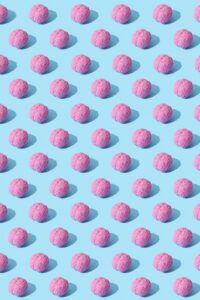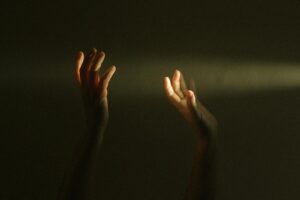The New Year brings with it a biological and psychological transformation for all living beings on earth. When we look back over the past year, all our experiences have become more concrete and concise. Each of us has walked different life paths in this past year. Some of us have faced an intense workload, others have experienced moments of great excitement. On the other hand, for some of us, it has been an extremely challenging year. However, if we can read these lines here, it means that no matter what life has brought us, we have somehow managed to survive and move forward.
We start each new year with hopes, excitement and wishes. This cycle carries a message of change in the system we are in; in a way, it says, “Now is the time for change” and continues with the same rhythm. Change whispers that it’s time to do a cost-benefit calculation and review vitality and adaptation. However, there are people who do not have time to think these thoughts. For example, those whose expectations for the New Year are simply not to work on a holiday, or those who have lost loved ones in the past year. As these details emerge, the perception is that for each of us, every year is a race, that time seems to be our enemy. But perhaps we need micro-evolutions within ourselves. Perhaps time can only help us move away from the ways of thinking, feeling and behaving that plague our brains or trigger the desire for change. In this respect, each new year is not just a calendar change, but also an opportunity for inner transformation.
Today perhaps represents tomorrow, and tomorrow represents yesterday. The intense meanings we attach to the past and the future can rob us of the only reality we have – the present. It is only when it is time for a new year, when we look at the last week of the year on the calendar, that we face this reality. Despite the fact that we experience it over and over again every year, the lack of rational discussion to deal with the discomfort of not being able to experience certain emotions, situations and behaviors “as they should be” is perhaps the reason why we organize big parties.
How is it that so many people, companies, systems sit down and make a financial calculation of the past year, but not an emotional, spiritual, psychological calculation? Perhaps if we sit down and talk about our sadness, our fears, what we have lost, and maybe start the new year by accepting these things, we will neither blame the past year nor establish a more meaningful connection with a sense of longing for the new year. If we enter the new year by internalizing, accepting, owning, and most importantly not running away from our emotions that we do not marginalize, that we do not constantly compare with logic, to be one with us in the middle, then maybe we will make micro changes in the cycles I mentioned.
Now, as we enter the new year, in these hectic days of final preparations, it is time to sit down and think… In order to make new wishes, we first need to come face to face with last year’s wishes and dreams and decide to say goodbye to some and move on with others. Starting this year with a reviewing our well-being can create positive signals in our bodies. Positive signals can also stimulate our emotions. Taking action is perhaps one of the most important topics for human beings. It is what makes us who we are…
May the new year be a year filled with more moments with your loved ones, joy, acceptance and excitement.
Psychologist Merve Altındağ




